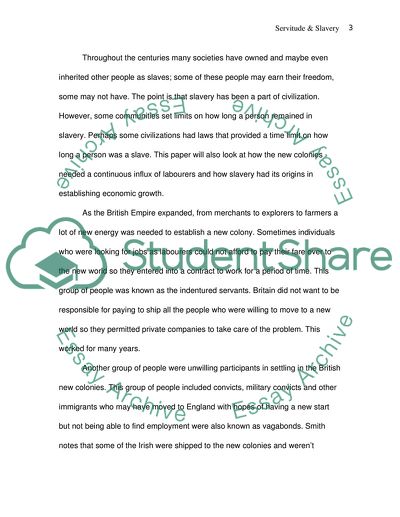Cite this document
(“The Basis of a Form of Contractual and Uncontractual Labour: Research Paper”, n.d.)
The Basis of a Form of Contractual and Uncontractual Labour: Research Paper. Retrieved from https://studentshare.org/history/1721625-indentured-servitude-vs-slavery
The Basis of a Form of Contractual and Uncontractual Labour: Research Paper. Retrieved from https://studentshare.org/history/1721625-indentured-servitude-vs-slavery
(The Basis of a Form of Contractual and Uncontractual Labour: Research Paper)
The Basis of a Form of Contractual and Uncontractual Labour: Research Paper. https://studentshare.org/history/1721625-indentured-servitude-vs-slavery.
The Basis of a Form of Contractual and Uncontractual Labour: Research Paper. https://studentshare.org/history/1721625-indentured-servitude-vs-slavery.
“The Basis of a Form of Contractual and Uncontractual Labour: Research Paper”, n.d. https://studentshare.org/history/1721625-indentured-servitude-vs-slavery.


